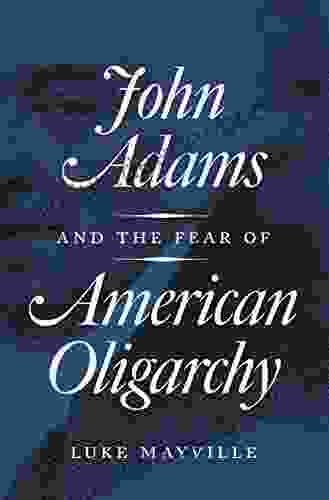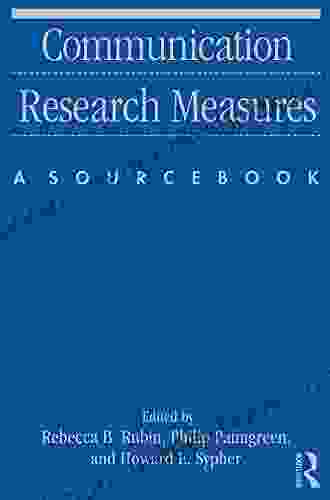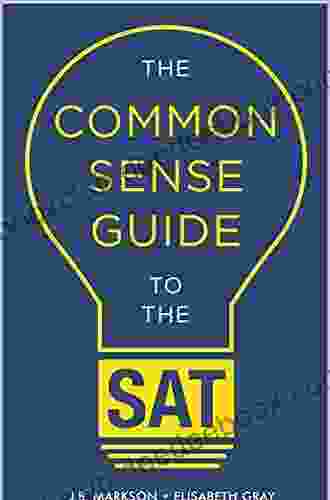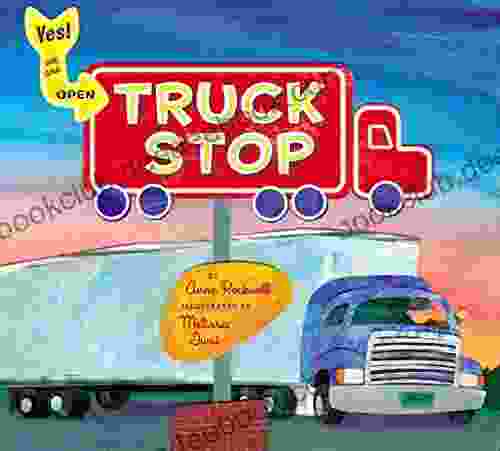The Common Sense Guide to 11 English Tenses: A Comprehensive Guide for ESL Learners

English tenses can be a daunting concept for learners of English as a Second Language (ESL). With 11 different tenses to master, it can be difficult to know where to start. This comprehensive guide will provide you with a straightforward explanation of each tense, along with clear examples and exercises to help you practice. By the end of this guide, you will have a solid understanding of English tenses and how to use them effectively in your communication.
The present simple tense is used to describe habits, routines, and general truths. It is formed using the base form of the verb.
Examples:
5 out of 5
| Language | : | English |
| File size | : | 498 KB |
| Text-to-Speech | : | Enabled |
| Screen Reader | : | Supported |
| Enhanced typesetting | : | Enabled |
| Word Wise | : | Enabled |
| Print length | : | 73 pages |
| Lending | : | Enabled |
| Paperback | : | 90 pages |
| Item Weight | : | 10.2 ounces |
| Dimensions | : | 8.5 x 0.21 x 11 inches |
- I go to school every day.
- She works in a bank.
- The sun rises in the east.
The present continuous tense is used to describe actions that are happening right now or over a period of time. It is formed using the verb "to be" followed by the present participle of the main verb.
Examples:
- I am studying for my exam right now.
- She is cooking dinner.
- The children are playing in the park.
The present perfect tense is used to describe actions that have happened in the past but have a connection to the present. It is formed using the verb "to have" followed by the past participle of the main verb.
Examples:
- I have studied for my exam.
- She has cooked dinner.
- The children have played in the park.
The past simple tense is used to describe actions that happened in the past and are now completed. It is formed using the past tense of the verb.
Examples:
- I went to school yesterday.
- She worked in a bank.
- The sun rose in the east.
The past continuous tense is used to describe actions that were happening over a period of time in the past. It is formed using the past tense of the verb "to be" followed by the present participle of the main verb.
Examples:
- I was studying for my exam yesterday.
- She was cooking dinner.
- The children were playing in the park.
The past perfect tense is used to describe actions that happened in the past before another action in the past. It is formed using the past tense of the verb "to have" followed by the past participle of the main verb.
Examples:
- I had studied for my exam before I went to school.
- She had cooked dinner before the children arrived.
- The children had played in the park before they went home.
The future simple tense is used to describe actions that will happen in the future. It is formed using the verb "will" followed by the base form of the main verb.
Examples:
- I will go to school tomorrow.
- She will work in a bank.
- The sun will rise in the east.
The future continuous tense is used to describe actions that will be happening over a period of time in the future. It is formed using the verb "will be" followed by the present participle of the main verb.
Examples:
- I will be studying for my exam tomorrow.
- She will be cooking dinner.
- The children will be playing in the park.
The future perfect tense is used to describe actions that will have happened in the future before another action in the future. It is formed using the verb "will have" followed by the past participle of the main verb.
Examples:
- I will have studied for my exam before I go to school tomorrow.
- She will have cooked dinner before the children arrive.
- The children will have played in the park before they go home.
Modal verbs are used to express possibility, necessity, or advice. The most common modal verbs are:
- Can (ability)
- Could (possibility)
- May (permission)
- Must (necessity)
- Should (advice)
Examples:
- I can swim.
- She could win the race.
- You may not leave the room.
- You must do your homework.
- We should go to the park.
- Complete the following sentences with the correct tense of the verb in parentheses:
- I (study) for my exam right now.
- She (cook) dinner last night.
- The children (play) in the park when it started to rain.
- I (go) to the store tomorrow.
- She (work) in a bank for 10 years.
- Rewrite the following sentences in the future perfect tense:
- I have studied for my exam.
- She has cooked dinner.
- The children have played in the park.
- Translate the following sentences into English using the correct tense:
- Je vais à l'école tous les jours.
- Elle travaillait dans une banque.
- Les enfants ont joué dans le parc.
- Practice regularly. The more you practice using English tenses, the easier they will become.
- Use flashcards. Flashcards are a great way to memorize the different tenses and their uses.
- Read and listen to English materials. Pay attention to the tenses that are used and try to identify why they are used.
- Speak English with native speakers. Speaking with native speakers will help you to develop a natural feel for the language and its tenses.
Learning English tenses can be challenging, but it is also essential for effective communication in English. By following the tips and practicing the exercises provided in this guide, you will be able to master all 11 English tenses and use them with confidence.
5 out of 5
| Language | : | English |
| File size | : | 498 KB |
| Text-to-Speech | : | Enabled |
| Screen Reader | : | Supported |
| Enhanced typesetting | : | Enabled |
| Word Wise | : | Enabled |
| Print length | : | 73 pages |
| Lending | : | Enabled |
| Paperback | : | 90 pages |
| Item Weight | : | 10.2 ounces |
| Dimensions | : | 8.5 x 0.21 x 11 inches |
Do you want to contribute by writing guest posts on this blog?
Please contact us and send us a resume of previous articles that you have written.
 Novel
Novel Chapter
Chapter Text
Text Story
Story Genre
Genre Library
Library Paperback
Paperback E-book
E-book Newspaper
Newspaper Paragraph
Paragraph Bookmark
Bookmark Glossary
Glossary Bibliography
Bibliography Annotation
Annotation Footnote
Footnote Manuscript
Manuscript Codex
Codex Bestseller
Bestseller Classics
Classics Narrative
Narrative Memoir
Memoir Reference
Reference Encyclopedia
Encyclopedia Narrator
Narrator Resolution
Resolution Librarian
Librarian Catalog
Catalog Card Catalog
Card Catalog Archives
Archives Periodicals
Periodicals Study
Study Research
Research Scholarly
Scholarly Lending
Lending Reserve
Reserve Rare Books
Rare Books Interlibrary
Interlibrary Awards
Awards Reading List
Reading List Textbooks
Textbooks Kate Kelly
Kate Kelly Jacques Nantel
Jacques Nantel Andrew Romans
Andrew Romans Michael J Rosen
Michael J Rosen Rosanna Ley
Rosanna Ley Brendan Healy
Brendan Healy John Williams
John Williams Jane Smiley
Jane Smiley Lila Perl
Lila Perl Jeffrey C Bauer
Jeffrey C Bauer P V Kannan
P V Kannan Anselm Jappe
Anselm Jappe Rickie Lee Jones
Rickie Lee Jones Robert Walker
Robert Walker Kieran O Mahony
Kieran O Mahony David Wild
David Wild Judith Skillman
Judith Skillman Samuel Johnson
Samuel Johnson Lorcan Collins
Lorcan Collins Arnold S Lott
Arnold S Lott
Light bulbAdvertise smarter! Our strategic ad space ensures maximum exposure. Reserve your spot today!

 Julio Ramón RibeyroThe Origins of Security Policy: A Historical and Comparative Perspective
Julio Ramón RibeyroThe Origins of Security Policy: A Historical and Comparative Perspective W.H. AudenFollow ·10.4k
W.H. AudenFollow ·10.4k Edgar CoxFollow ·17.7k
Edgar CoxFollow ·17.7k Carl WalkerFollow ·12.2k
Carl WalkerFollow ·12.2k Herman MitchellFollow ·15.7k
Herman MitchellFollow ·15.7k Jamie BellFollow ·3.1k
Jamie BellFollow ·3.1k Aubrey BlairFollow ·6k
Aubrey BlairFollow ·6k Rudyard KiplingFollow ·3.2k
Rudyard KiplingFollow ·3.2k Victor HugoFollow ·6.8k
Victor HugoFollow ·6.8k

 Ralph Waldo Emerson
Ralph Waldo EmersonBWWM Enemies to Lovers Billionaire Romance: A Captivating...
In the realm of romance novels, the...

 Maurice Parker
Maurice ParkerJohn Adams and the Fear of American Oligarchy
John Adams, a...

 Bryce Foster
Bryce FosterTo Die but Once: A Haunting Maisie Dobbs Novel
Synopsis ...

 Manuel Butler
Manuel ButlerCommunication Research Measures Sourcebook Routledge...
Communication research measures are the...
5 out of 5
| Language | : | English |
| File size | : | 498 KB |
| Text-to-Speech | : | Enabled |
| Screen Reader | : | Supported |
| Enhanced typesetting | : | Enabled |
| Word Wise | : | Enabled |
| Print length | : | 73 pages |
| Lending | : | Enabled |
| Paperback | : | 90 pages |
| Item Weight | : | 10.2 ounces |
| Dimensions | : | 8.5 x 0.21 x 11 inches |













